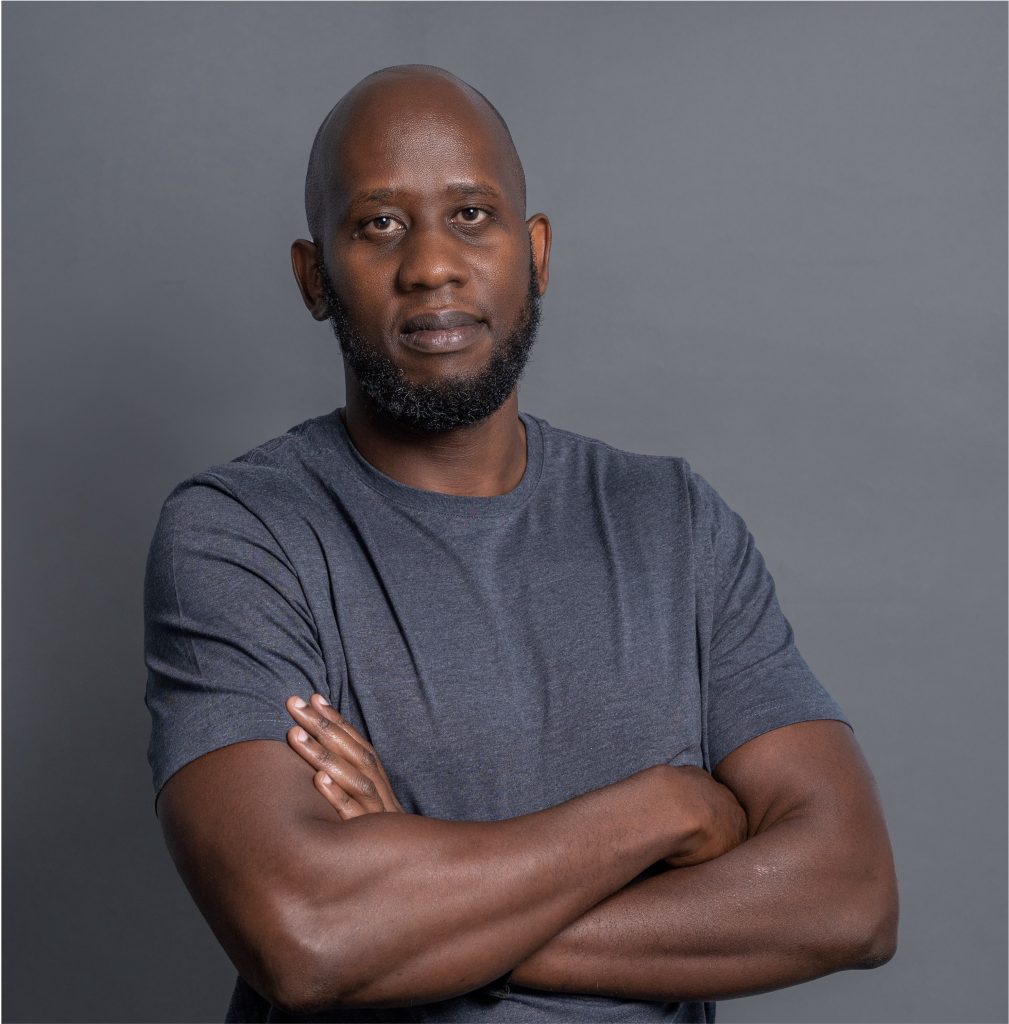By Peter Nalika
In a dusty rural village in Kenya’s Kisumu County, a young woman runs an online clothing business from her smartphone, powered by solar energy and connected to global markets through mobile money and e-commerce platforms. Her story is not a rarity, it’s emblematic of a new Africa, one defined not by dependence, but by innovation. And it’s here, in the merging of digital connectivity and sustainable energy, that a renewed Sino-African partnership must take root.
Last month, Kenya’s President William Ruto delivered an address at Peking University, China, urging profound adjustments to multilateralism by making science and innovation core elements of Kenyan international diplomacy. This vision centres on two essential elements since Africa, specifically Kenya, is eager to co-create technology with China and other partners who can act as fundamental growth engines.

The MoU that Kenya and China recently signed about climate action and digital economy development. Stands as a strategic signal at the right time. A modern mutually beneficial partnership model emerges from the MoU. It integrats Chinese technological excellence with African demographic and environmental opportunities.
Kenya now leads the world in renewable energy production since its electrical power grid derives more than 90% of its energy from clean sources with geothermal and wind energy at its core. Through his statement, President Ruto stressed that the MoU presented the essential role of green technology. In addition to sustainable innovation in modern times. This isn’t just about reducing carbon footprints. It’s about building economic resilience, creating jobs, and enhancing energy equity across underserved regions.
Kenya, alongside other African nations, gains access to budget-friendly clean energy infrastructure through Chinese assistance because China dominates the global markets for solar panels, electric vehicles, and battery storage systems. Ruto declared that China’s role as a technology provider makes these innovations accessible for developing nations that lack financial resources. The increase of solar panels and e-bikes in African towns stands as proof that purposeful South-South collaboration produces successful results. The Kenyan innovation sector benefits from learning Chinese clean-tech startup methods while developing solar power systems specifically designed for mobile pastoral communities.
The Digital Economy as a Global Equalizer
The Kenyan-Chinese MoU establishes a second transformative component through its initiative to develop joint digital platforms. These platforms integrate e-commerce with fintech capabilities together with cybersecurity education programs. These areas, where China has accumulated deep expertise, are vital to Africa’s digital future.
President Ruto underscored how “the world of trade has changed dramatically,” with digitally enabled services. Which now are growing three times faster than goods trade. Kenya’s own evolution reflects this shift. Dubbed the “Silicon Savannah,” the country has pioneered innovations such as mobile money [M-Pesa], which have been replicated globally. The recently launched Kenya’s National AI Strategy [2025–2030] and the development of Konza Technopolis a smart city for innovation. Signals the country’s commitment to becoming a regional tech hub.
Chinese digital companies Alipay and WeChat Pay, e-commerce giant Alibaba, and 5G infrastructure are models that Africa could replicate. Homegrown fintech disruption has already started in Africa through Kenya’s M-Pesa, Ethiopia’s TeleBirr and Nigeria’s Flutterwave. Chinese companies like Huawei, Tencent and ZTE can offer essential help for the large-scale implementation of innovative systems that need AI logistics as well as cloud computing services and cybersecurity protection. Through technology transfer, skills development, and co-investment, China can help African countries leapfrog outdated systems and participate in the global digital economy more competitively.
Education, Innovation, and the Youth Dividend
The essential element in this partnership requires dedicated education and talent improvement programs. President Ruto stated that Africa should deepen its academic relationships with Chinese educational establishments. Especially within STEM and AI and biotechnology and creative economy fields.
Africa possesses its most valuable demographic strength as its chief asset. The growing population of Africa will reach one-quarter of the worldwide total by 2050. Most individuals being younger than 25. An aging Chinese population provides both motivation and first-hand experience for the country to support African youth development. This leads toward cooperative relationships via joint research centres, scholarships, innovation incubators and exchange programs.
President Ruto made a poignant observation: “Until very recently… the industrialised West maintained a competitive advantage in high technology industries.” That era is fading. With AI startups emerging from Nairobi and blockchain innovations from Lagos, the old dichotomy of industrialized North and underdeveloped South no longer holds.
This is where China and Africa, through a renewed partnership, can shape a new global innovation map one based not on hierarchy, but on mutual respect and shared goals. The disruptive nature of modern technology means that, as Ruto put it, “cutting-edge innovation can pop up anywhere in the world.” And increasingly, it is popping up in Africa.
The Kenya–China MoU is more than a diplomatic gesture. It’s a blueprint for a new kind of partnership one that recognizes the potential of African countries not just as markets, but as makers of the future.
In a world defined by climate urgency, technological disruption, and demographic shifts, Africa and China have much to offer each other. What’s needed now is action: investment in shared infrastructure, co-creation of policy frameworks, and a relentless focus on empowering young innovators.
The young woman in Kisumu County is already plugged into the future. It’s time our partnerships caught up.






